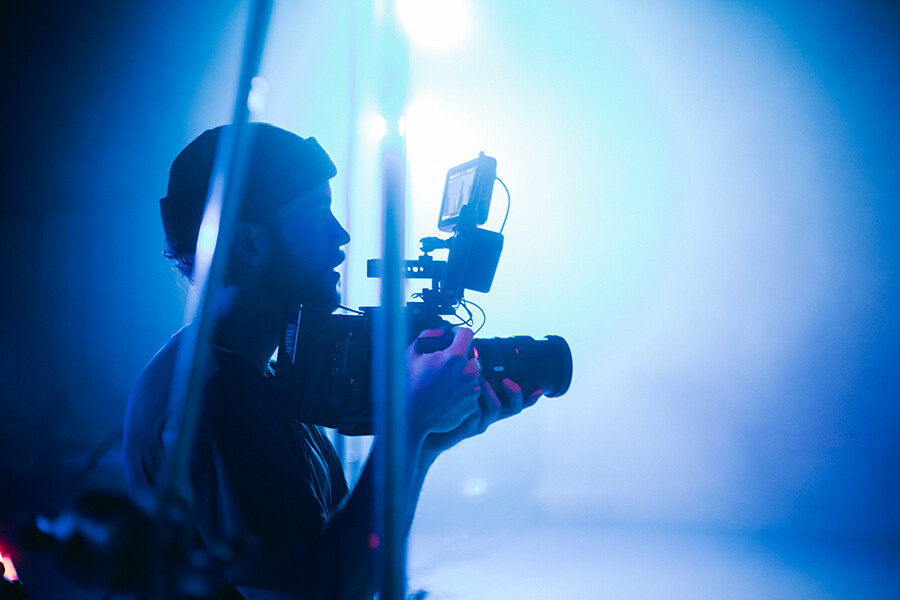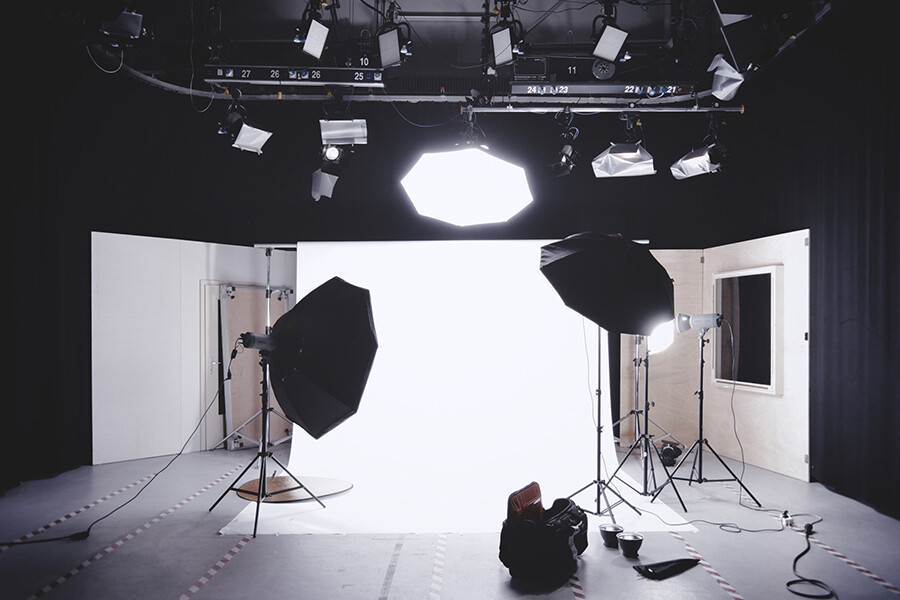- Accueil
- La recherche
- Mémoires et Travaux de fin d’études
- Orientation d’une pratique du documentaire de création en cinéma direct dans une institution
Orientation d’une pratique du documentaire de création en cinéma direct dans une institution
Auteur : JEAN Manuella
Directeur(s) de mémoire : Giusy Pisano & David Faroult
Cinéma
Résumé : Ce mémoire s’intéresse aux films de documentaire de création tournés dans des institutions, selon un dispositif de cinéma direct. Quel que soit son secteur d’appartenance, une institution est un lieu de cristallisation des liens sociaux. La manière d’aborder ce lieu et les personnes qui le font vivre varie selon la démarche des documentaristes. Je m’appuie sur les films de trois cinéastes qui ont consacré toute, ou une partie, de leur carrière cinématographique filmer dans des institutions. La Moindre des choses, de Nicolas Philibert, tourné à la clinique psychiatrique de la Borde, High School ll, de Frederic Wiseman, tourné dans une école New-Yorkaise aux procédés pédagogiques alternatifs, et Délits flagrants, de Raymond Depardon, tourné la 8ème section du Palais de Justice de Paris, composent le corpus. L’idée conductrice est d’orienter et de préciser ma propre démarche documentaire en m’appuyant sur l’analyse de ces films.
Le mémoire débute sur l’étude des dispositifs de tournage des trois films. Les partis pris de chacun des cinéastes sont comparés, partir de nombreuses interviews. Vient ensuite l’analyse de la structure narrative des films au montage, qui poursuit l’affirmation d’un point de vue amorcée au tournage. Un bilan sur les démarches des trois cinéastes, mises en parallèle avec la réception des films par les critiques de cinéma, nous interroge sur les origines des écarts entre les deux. Enfin, j’aborde les notions plus particulières du respect des personnes filmées et du respect du pacte de lecture cinématographique.
Wiseman réalise un portrait complexe des rouages des institutions et des échanges qui s’y produisent. Il construit son point de vue au montage et laisse une grande liberté d’interprétation aux spectateurs. Depardon cherche donner la parole aux personnes en marge de la société. Il rentre dans le jeu de l’institution et de sa mise en scène, tout en dévoilant ses failles. Philibert utilise les institutions comme décor, il cherche modifier le regard du spectateur sur la folie, désamorcer ses clichés. Il construit la narration du film sur le mode de la fiction. Comment leurs choix respectifs de dispositifs et de montage convergent-ils ou non vers la fonction programmée du film ?
Un aller-retour constant est effectué tout au long du mémoire entre l’étude de ces trois films et mon expérience de partie pratique de mémoire dans une institution scolaire prestigieuse, l’Ecole alsacienne. L’analyse des films m’a permis d’établir un choix de dispositif, mi-chemin entre la démarche de Wiseman et celle de Philibert, dont j’ai pu tester les limites. En miroir, l’expérience de tournage amène des questionnements supplémentaires sur la gestion du rapport l’institution et aux personnes filmées qui nourrissent la réflexion sur le corpus.
Mots-clés : documentaire de création, cinéma direct, institution, dispositif de tournage, structure narrative, réception, Wiseman, Depardon, Philibert
—
Abstract: This thesis focuses on creative documentary films, shot in institutions, in a direct cinema style. Whatever sector it belongs to, an institution is a place of crystallization of social bonds. How to broach this place, and the people who keep it alive, depends on the film-maker’s approach. based my research on the films by three directors, who devoted their whole cinematographic career, or a part of it, to shoot in institutions. La Moindre des choses by Nicolas Philibert, shot at the
psychiatric clinic La Borde, High School ll, by Frederick Wiseman, shot in a New York secondary school with alternative teaching methods, and Délits flagrants, by Raymond Depardon, shot in the
8th section of the Palace of Justice in Paris, form my corpus. The leading idea is to guide and clarify my own documentary approach, through the analysis of these films.
The thesis begins with the study of the ways of filming in the three documentaries. The commitment of each filmmaker is compared, based on numerous interviews. Then comes the analysis of the films’ narrative structure through the editing, which pursues the affirmation of a point of view, initiated at the shooting. The end result of the three film-makers’ approaches, in conjunction with film critics’ reception, questions the origins of the differences between both. Finally, I deal with the specific notions of respect for those filmed and respect for the pact between filmmaker and audience.
Wiseman makes a complex portrait of the institutions’ wheels and the relationships that occur there. He builds his point of view through the editing and leaves a great freedom of interpretation for the audience. Depardon tries to give a voice to those on the margins of society. He plays the institution game, while revealing its weaknesses. « hilibert uses the institutions as setting, he attempts to make the spectator see madness in a new light, to defuse their pre)udices. He builds his documentary’s narration like a feature film. How do their respective choices and ways of filming converge, or not, towards the planned function of the film ?
A constant back and forth will operate throughout the thesis between the corpus and my experience for the practical part of the work in a prestigious educational institution, the École alsacienne. The analysis of the corpus gave me the opportunity to establish my way of filming, halfway between Wiseman’s and Philibert’s approaches, whose limits I tested. In turn, the shooting experience brings additional questions about the management of the relationship with the institution and the people filmed, which nourished my reflection on the corpus.
Keywords: documentary, direct cinema, institution, way of filming, narrative structure, audience reception, Wiseman, Depardon, Philibert



